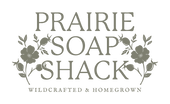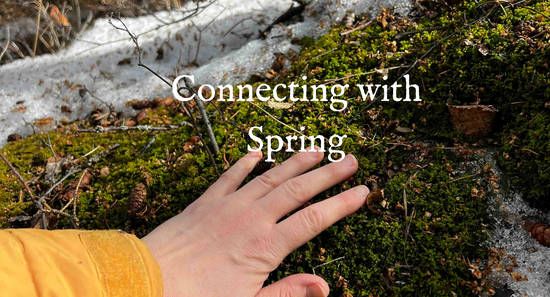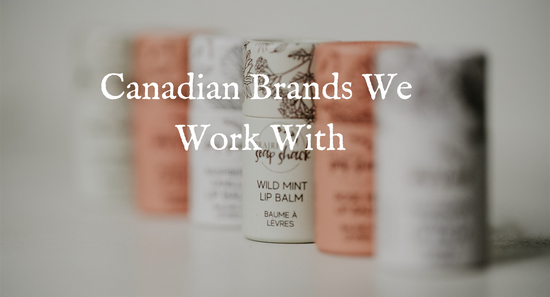
To say 2020 has been a strange year is an understatement. The devastation of the Covid-19 pandemic has affected all our lives in many ways. The part I want to touch on today is the fear people have had of food shortages. While we haven’t really ran out of anything we can’t live without, and I mean fruit & vegetables by that, I feel people have become more aware lately of what they are eating and where our food comes from. I hope more people plant a garden this year or if space is limited to plant some garden boxes in their backyard. Better yet, I hope more people consider consuming wild plants! Yes this is a thing and it is safe to do once you can accurately identify the plants. We have an abundance of wild edible plants on the Prairies and they are densely nutritious. So fear not people, you will not run out of food as long as you can make a salad from your backyard, grow a garden, and keep baking that sourdough bread!
There are a few basic rules to remember when you plan to forage a wild plant.
- Are you 100% confident in identifying what it is and have you double checked it is safe to consume, and how. Is it the right time to pick it for that plant? What part of the plant do you eat? Are you pregnant or breastfeeding? Do your research.
- Has it been sprayed by chemicals or been exposed to chemicals by run off?
- You aren’t the only one who needs this plant so only pick maximum 1/3 when there is an abundance. Many insects, including bees, and other animals may need it and it is part of the delicate eco-system. Pick graciously & consciously and only take what you will use.

Our main foraging season in Alberta is quite short. We had a long winter and it won’t be long now till it starts to green up. I have my seeds started indoors for my garden which I will start planting just after Mother’s Day. Then I will be busy wildcrafting with my family! I really enjoy finding edible plants and also foraging for herbs to use in my products or for medicine for my family. I’ll share my top 4 plants you can forage safely early this Spring and how to use them.
-
Dandelion (taraxacum officinale)

Please leave the first dandelions for our bees as this is one of their first foods. It won’t take long till they multiple and start popping up everywhere! The entire dandelion plant is edible. The flower, the stem & leaves and even the root can be consumed. They are loaded with vitamins, minerals and fiber (so good to detox your liver!). As like any other green leafy vegetable in your garden, the young & tender greens are the most tasty as they will become very bitter quickly as they age. My favourite way to eat dandelion greens? Toss them into your salad or into your green smoothie. I bet your kids will get a kick out of picking and eating them too. Once again, ensure they are not sprayed as many people like to rid this “weed”… if only they’d see the many benefits of it. I am currently sold out of my Dandelion & Honey Soap which is made with a strong brew of dandelion tea as well as dandelion infused oil, but I will be making more once I can forage more blooms.

-
Lamb’s Quarter (chenopodium album)

This wild plant is persistent in my garden every year! I didn’t mind them before as they pull so easily to remove, but once I learned they are edible- hey I have a dark leafy green in my garden before my spinach and kale are ready! A coworker of mine told me her great-grandparents survived off of lamb’s quarter in the dirty thirties as it is so abundant in the Prairies and highly nutritious. Once again, pick it young and add to salad, wraps, and toss into your smoothie! It can also be dried and used to add to soups, smoothies or sauces.
-
Stinging Nettle (urtica dioica)

Be sure to wear gloves when you pick as yes it will sting you! This plant amazes me with it’s many uses and nutrients it provides. It’s very high in vitamins, minerals & protein. Don’t be worried about the sting- cooking, drying, chopping, crushing & juicing all neutralize the acid and disable the stinging hairs. I picked so much last summer, I’ve been drinking nettle tea all winter and adding it dried to soups. But I am most excited to pick the young tender shoots to cook fresh into soup. You can find my soup recipe here. It truly makes a delicious flavour to your soup! And if you know me, soup is life.
I also use nettle in my Prairie Man 3 in 1 soap, Dirty Hippy soap and as a strong brew tea in my Refresh Shampoo bar. It can help control dandruff and keep hair healthy & shiny.

-
Chickweed (stellaria media)

This ground cover plant spreads quickly, liking shady areas. It has a high water content and you guessed it, densely nutritious. They almost look like sprouts when you pick it, so it’s great added onto a sandwich or smoothie. I am most excited to make Chickweed Pesto with it. Basically replace basil in any pesto recipe with chickweed, or do half and half. I infuse chickweed into a few of my balms as it is an amazing skin healer. Find it in our Baby Balm and Prairie Hand Balm.

There are so many edible plants growing around us and lots to learn, but I hope this inspires you to open your mind about those common “weeds” and remember they are there for a reason. They are growing beside us and are basically superfoods. Good luck growing your gardens and let me know if you give foraging a try. With having your kids at home right now, this could be an excellent learning opportunity for you all that gets you outdoors. Remember we have a private Facebook group to discuss topics like this called “Prairie Soap Shack Lifestyle Group” and we‘d love to have you join us!






3 comments
Thank you Jamie and Liz!
I absolutely love everything you do! You have so much good information on here. I live on a farm and have all the herbs and plants you wrote about. Thanks for all your helpful hints.
Wow….great ideas here!